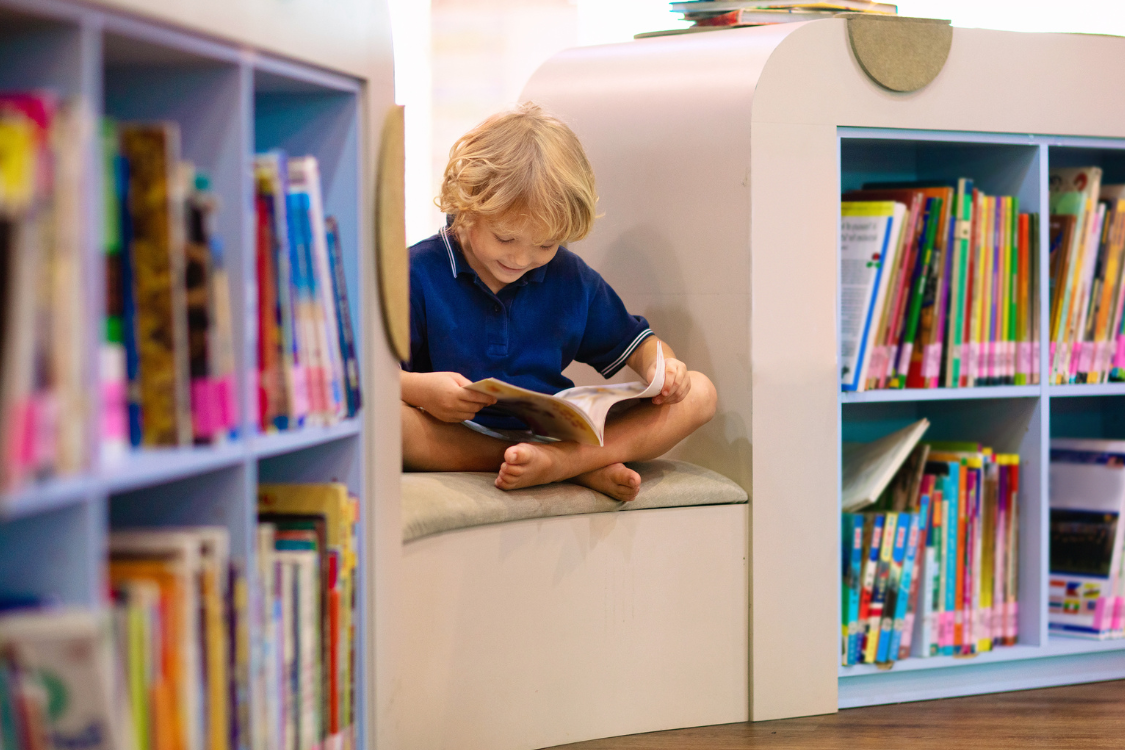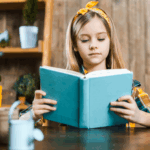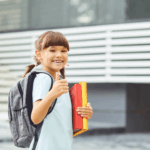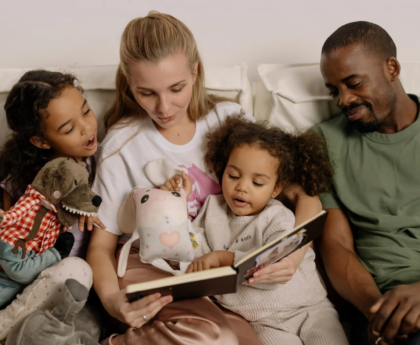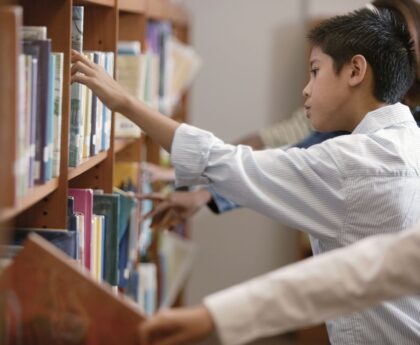Meet Pig. He’s greedy. He’s selfish. He’s absolutely hilarious. And somehow, this badly-behaved pug has stolen the hearts of millions of kids worldwide!
Aaron Blabey’s Pig the Pug series has sold nearly 10 million copies globally, and there’s a reason this little troublemaker keeps kids coming back for more. These books prove that sometimes the naughtiest characters teach the biggest lessons.
Why Pig the Pug Works Reading Magic
Pig books do something special. They make kids laugh while sneaking in important life lessons about sharing, honesty, and friendship.
Each book follows Pig’s terrible behavior and his long-suffering buddy Trevor the dachshund, showing children exactly how NOT to behave. Kids love watching Pig get his comeuppance while secretly learning about consequences.
The formula is brilliant. Short, rhyming text keeps young readers engaged. Wild illustrations capture every hilarious expression. And those big, googly pug eyes? Absolutely irresistible.
But here’s the real magic: kids see themselves in Pig’s struggles. We all want to hog the best toys sometimes. We all feel jealous when someone else gets attention. Pig gives kids permission to laugh at these feelings while learning better ways to handle them.
Research shows that books teaching social-emotional skills through humor help children retain lessons better than preachy alternatives. Pig delivers big lessons without feeling like a lecture.
Our Top 5 Pig Picks
Here are some funtastic picks to enjoy Pig the Pug.
1. Pig the Pug (The Original Troublemaker)
Where it all began! Pig refuses to share his bouncy balls, bones, and chew toys with poor Trevor. But greediness has consequences, and Pig learns about sharing the hard way.
Why we love it: Perfect introduction to the series. Simple message about sharing that every parent battles daily.
Fun ways to enjoy it:
- Act out the story with stuffed animals
- Count all of Pig’s toys in the illustrations
- Practice sharing with your own toys after reading
- Use different voices for Pig and Trevor
2. Pig the Fibber (Lies Have Consequences)
Pig tells lies to get what he wants and gets Trevor in trouble. When Pig schemes to reach hidden treats in the closet, his lies backfire spectacularly.
Why we love it: Shows kids how lies hurt friendships and usually come back to bite you.
Fun ways to enjoy it:
- Talk about times when telling the truth is hard but important
- Create a “truth vs. lie” game with silly scenarios
- Draw pictures of what really happened vs. what Pig claimed happened
- Practice kind ways to ask for things instead of lying
3. Pig the Elf (Holiday Chaos)
Christmas is coming and Pig is obsessed! He stays up all night waiting for Santa, complete with an enormous wish list. When Santa arrives, Pig’s greediness leads to sleigh ride chaos.
Why we love it: Perfect holiday read that addresses Christmas greed without being preachy.
Fun ways to enjoy it:
- Read it during December as part of holiday traditions
- Make your own reasonable Christmas wish lists
- Act out Santa’s visit with costumes and props
- Discuss what makes Christmas special beyond presents
4. Pig the Star (Spotlight Stealer)
Pig loves attention and becomes a major show-off during a photo shoot. He pushes Trevor aside and hogs all the costumes, but when the photographer favors Trevor instead, Pig’s jealousy takes over.
Why we love it: Tackles jealousy and friendship in ways kids understand perfectly.
Fun ways to enjoy it:
- Have your own photo shoot at home with costumes
- Take turns being the “star” and the photographer
- Practice complimenting others when they get attention
- Create a friendship photo album together
5. Pig the Stinker (Bath Time Battles)
Pig loves being smelly! He rolls in garbage, laps up spoiled milk, and even sticks his head in the toilet. When bath time arrives, Pig refuses and schemes to avoid getting clean.
Why we love it: Every parent’s bath time struggle turned into comedy gold.
Fun ways to enjoy it:
- Read it before bath time to make cleaning up more fun
- Practice “smelly” and “clean” vocabulary words
- Act out Pig’s silly antics (minus the gross parts!)
- Make bath time special with bubbles and toys
Reading Activities That Bring Pig to Life
Character voices are everything. Pig needs a gruff, demanding voice. Trevor gets a gentle, patient tone. Kids love hearing the difference between selfish and kind characters.
Prediction games keep kids engaged. Stop mid-story and ask, “What do you think happens to Pig next?” Kids learn to anticipate consequences while staying excited about the story.
Compare and contrast discussions work perfectly. “How is Pig different from Trevor? Which character would you want as a friend?” These conversations build critical thinking skills naturally.
Act it out with props. Use stuffed animals, toy dishes, or dress-up clothes. Physical engagement helps kids remember story lessons better.
Why These Books Build Real Reading Skills
Pig books aren’t just fun—they’re literacy powerhouses disguised as entertainment.
The rhyming text helps kids predict words and develop phonemic awareness. When children hear “Pig was a pug, and I’m sorry to say,” they start anticipating rhyming patterns that support reading development.
Blabey cleverly uses sophisticated vocabulary like “rank,” “reeked,” and “rancid” within context that makes meaning clear. Kids learn advanced words without realizing they’re building vocabulary.
The predictable story structure—Pig misbehaves, faces consequences, learns a lesson—helps developing readers understand narrative patterns. This comprehension skill transfers to other books and stories.
Most importantly, kids want to read these books repeatedly. Repetition builds fluency, confidence, and deep familiarity with text patterns that support independent reading.
Research Shows Humor Helps Learning Stick
Studies consistently demonstrate that children retain lessons better when they’re delivered through humor rather than direct instruction. Books that combine entertainment with social-emotional learning create lasting behavior changes in young readers.
Pig books work because they don’t lecture. Instead, they show consequences through comedy. Kids see Pig’s selfishness backfire and naturally understand why sharing and kindness matter.
The series also builds empathy by featuring Trevor’s patient friendship. Children learn to recognize kindness and appreciate friends who stick by them despite their flaws.
Make Pig Part of Your Reading Routine
Start with “Pig the Pug” to understand the characters, then let your child choose which adventure comes next. There’s no wrong order—each book stands alone while building on familiar characters.
Use Pig books as conversation starters about real-life situations. When your child struggles with sharing, remember how Pig’s greediness caused problems. When they tell a fib, recall how Pig’s lies got Trevor in trouble.
Create Pig-themed reading challenges. Read all five books in one weekend. Act out different stories. Draw your own Pig adventures. Let kids create their own rhyming verses about Pig’s antics.
Most importantly, laugh together. These books are meant to be fun, not serious teaching moments. Trust that the lessons will stick through giggles and repeated readings.
Get Ready to Giggle With Pig
Pig the Pug proves that learning can be hilarious. These books turn character education into comedy, phonics practice into fun, and reading time into family bonding.
Ready to bring more laughter and learning to your reading routine? Reading.com’s science-based approach helps children build the foundational skills they need while keeping literature enjoyable and engaging. Start your 7-day free trial today and discover how the right reading program makes every book (even Pig’s silly adventures) a stepping stone to literacy success.

